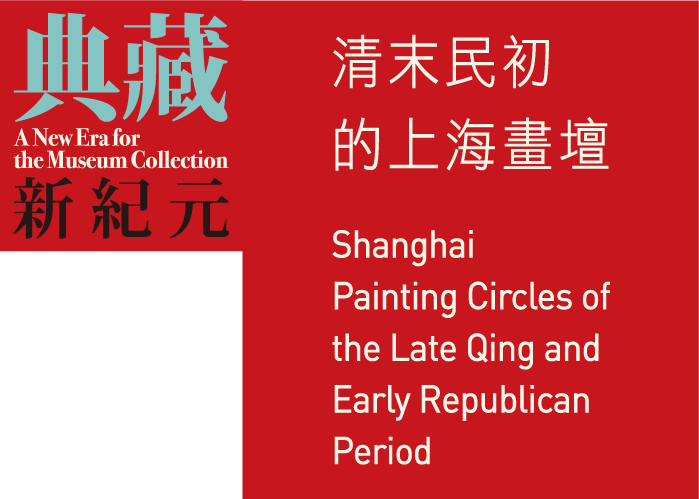Over the years, the National Palace Museum has made purchases and accepted donations and entrustments of art to continually build upon and expand the foundations of its collection based on holdings from the former Qing dynasty court. These new acquisitions and entrustments of painting and calligraphy often fill important gaps in the original dynastic collection, helping to further enrich and diversify the contents and themes of exhibitions at the Museum. As such, a series of special exhibitions entitled "A New Era for the Museum Collection" is being held to reach out to the people of Taiwan and further plant the seeds of culture so as to cultivate and together forge a new era for the future of the collection.
This display is one in the series of "A New Era for the Museum Collection" that focuses on the subject of Shanghai painting circles in the late Qing dynasty and early Republican period, presenting a group of 58 works from the 1850s to the 1930s. After Shanghai opened as a commercial port in 1843, it quickly became the largest harbor in China for conducting trade with the outside world. Economic prosperity soon brought about a nouveaux riches class marked in part by its insatiable demand for cultural products that in turn spurred the formation of a flourishing art market. Artists from many parts of the country flocked to Shanghai and made a living by selling their painting and calligraphy. These paintings are often distinguished by vibrant colors and the tendency to choose easy-to-understand subjects. The artists attracted a large clientele of patrons both local and abroad, producing a wide range of works collectively known in popular terms as the "Shanghai School."
This exhibit is divided into four sections: "Gathering of Talents from All Directions," "Birds-and-Flowers in the Bronze-and-Stele Style," "A Scholarly Atmosphere in the Landscape," and "Earning a Living by Painting and Calligraphy." Together, they trace the diverse styles in the Shanghai School at this time, the rise of Bronze-and-Stele painting, developments in landscape painting manners, and transformation in patronage of the arts. By differentiating and showing the changes and evolution in such traditional subject matter as bird-and-flower, landscape, and figure painting in the context of a flourishing modern art market, audiences are able to revisit the world of art in bustling and vibrant Shanghai during the decades before and after the turn of the twentieth century.
